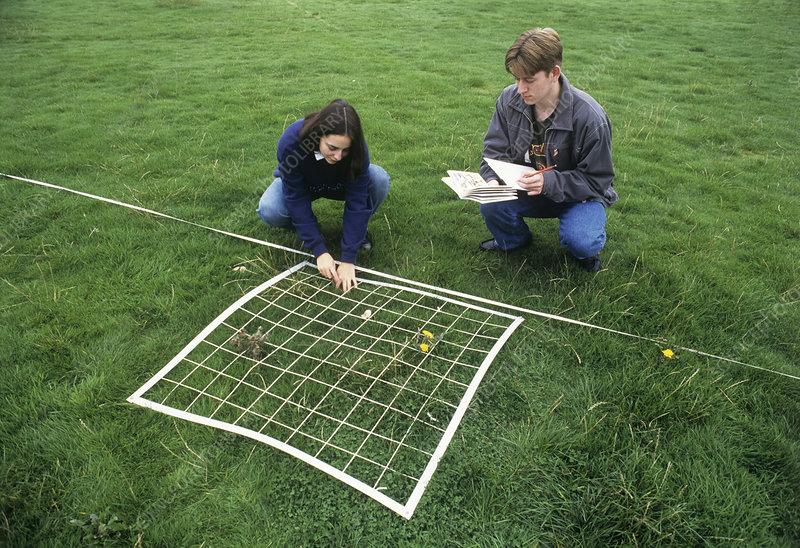
There are several advantages of transects methods for plant communities. The primary benefit is the ability to survey small areas. This method uses quadrats to measure the percentage coverage and frequency of species along a strip of land. Other benefits include reduced time and effort required to survey large areas. These data are also easily visualized on a graph. Below are two of the main advantages of transects.
While there are many advantages to using transects, the main advantage is that it is quick and easy to perform. The only disadvantage is that you may miss some important variations that may be found in a certain area. This method is not recommended if the target area is a large one, as it can be prone to snagged wires. However, it can be very useful in educational programs.
Another advantage of transects is their simplicity. Students can walk the entire transect individually and count the objects within a metre. They can also compute the population estimate by dividing the work between groups. The distance from the nearest visible bead is used for population estimation. If students were divided into two groups, the time required to complete each transect would be reduced, which would lead to more accurate results.
The use of transects in educational programs is also very common. Unlike traditional surveys, transects can be adapted for smaller plots of land. For instance, a line transect can be conducted quickly over a long area. Using this method, researchers can conduct rapid surveys of an area. A line transect can also be made smaller with an adjusted horizontal scale. The only disadvantage of this method is that the interval used in the study is too wide and may result in the inability to count all species.
During the transect, students should note any object that touches a regular point on the line. In addition, the data obtained from this method can be used to calculate the population. The main advantage of a continuous line transect is its flexibility. It can be easily carried out over a long distance. Besides, it allows for more precise data collection. Further, it is a very cost-effective technique.
In addition, transects can be used in educational programs. For example, if two groups of students perform the transects on the same field, they can compare the data obtained in each. For instance, one group may notice that woodpeckers visit Homeowner A’s yard while another does not, while homeowner B’s yard might be a good candidate for the same species.
Among the advantages of transects is its speed. It is possible to survey an area with minimal time and effort. Furthermore, it can help scientists estimate the distribution of species. Compared to line transects, belt transects will provide more accurate data. They will give information on the distribution of individual species and their range. The distances of the transects are flexible, and they can be used to find out the extent of habitat change.
The advantage of transects is that the data can be collected in a short time, while the accuracy of the results is higher. Moreover, they can be used for educational purposes, as participants may develop hypotheses about the differences between the two sites. For example, woodpeckers may visit Homeowner A’s yard while Homeowner B’s yard isn’t visited. By collecting data in both yards, researchers can learn how different the habitats are.
In educational programs, it is possible to use the data collected from transects to assess bird populations. The transects can be completed in several days or even for longer periods of time, making them a more accurate method of bird studies. The number of transects is also increased. There are various benefits of this type of survey. If you’re looking for a species in particular habitat, it will be easier to identify its presence in the area.
In a transect, each individual is counted. This is a major advantage of transect methods. The data can be displayed in a diagram, and the distance between each individual is noted. These data can be used for different species. It is also possible to compare patterns in a landscape. This is the key to better understanding the ecosystems. Its major advantages and disadvantages are discussed below.



